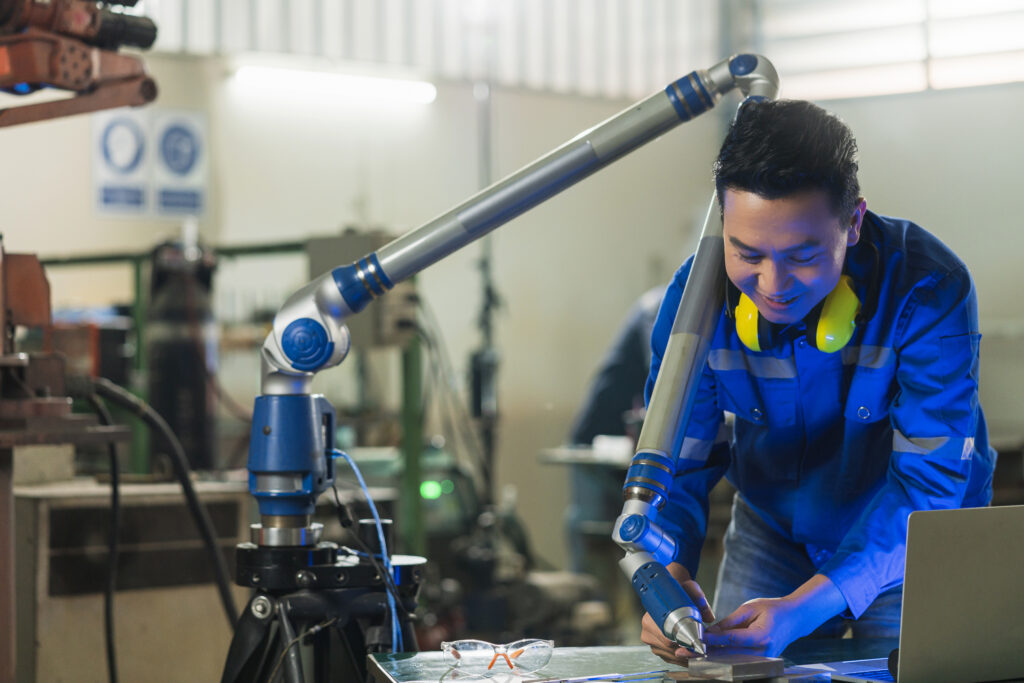In today’s data-driven world, accurate testing and calibration are essential across industries—from pharmaceuticals and food safety to manufacturing, automotive, and environmental monitoring. Ensuring that laboratories produce valid and reliable results is crucial for quality assurance, compliance, and public trust. This is where ISO/IEC 17025 comes into play.
ISO/IEC 17025 is the international standard that specifies the general requirements for the competence, impartiality, and consistent operation of testing and calibration laboratories. It enables labs to demonstrate their ability to produce valid results and enhances confidence in their work. Whether a lab is seeking accreditation or improving internal quality processes, ISO/IEC 17025 provides a globally recognized benchmark for technical competence.
What is ISO/IEC 17025?
ISO/IEC 17025 is a standard developed by the International Organization for Standardization (ISO) and the International Electrotechnical Commission (IEC). It was first released in 1999 and updated in 2005 and 2017, with the latest version titled:
ISO/IEC 17025:2017 — General requirements for the competence of testing and calibration laboratories.
This standard applies to all laboratories regardless of size, scope, or industry and is used for both internal quality systems and external accreditation.
Key Objectives of ISO/IEC 17025
- Ensure technical competence of testing and calibration labs.
- Promote consistent and reliable test results across borders and industries.
- Facilitate international trade and acceptance of lab results.
- Strengthen customer confidence in lab outputs.
- Support regulatory compliance in industries such as pharmaceuticals, automotive, construction, and food safety.
Scope of ISO/IEC 17025
ISO/IEC 17025 covers a wide range of requirements. It is broadly divided into two categories:
1. Management Requirements:
These relate to the operation and effectiveness of the laboratory’s quality management system, similar to ISO 9001 but tailored for laboratories. Key aspects include:
- Document control
- Internal audits
- Corrective and preventive actions
- Management reviews
- Risk-based thinking
2. Technical Requirements:
These relate to the technical competence of personnel and the ability of the laboratory to produce valid results. They include:
- Personnel qualifications and training
- Testing and calibration methods
- Equipment and instrument calibration
- Measurement traceability
- Sampling procedures
- Handling of test/calibration items
- Reporting of results
What Changed in the 2017 Revision?
The ISO/IEC 17025:2017 revision brought several improvements and changes:
- Alignment with ISO 9001:2015: Incorporation of risk-based thinking and a focus on outcomes.
- Greater Emphasis on Impartiality and Confidentiality
- Flexible Scope of Accreditation: Labs can use a broader range of methods and update them without re-accreditation.
- Process-based Approach: Focuses on lab workflows and their outcomes.
- Information Technology: Recognizes the use of software and electronic data systems.
Benefits of ISO/IEC 17025 Accreditation
- Enhanced Credibility and Recognition:
ISO/IEC 17025 is internationally accepted, meaning accredited labs are more likely to have their test results recognized globally. - Improved Quality Assurance:
The standard enforces stringent quality control measures that ensure data integrity, accuracy, and repeatability. - Increased Customer Trust:
Clients are more likely to rely on a lab that operates under a recognized and structured quality system. - Competitive Advantage:
Accreditation sets a lab apart from non-accredited peers, helping win contracts and build partnerships. - Compliance with Regulatory Requirements:
Many regulatory bodies and customers require ISO/IEC 17025 compliance for testing or calibration services. - Operational Efficiency:
Documented processes, clear responsibilities, and trained personnel contribute to fewer errors and more streamlined operations.
Steps to Achieve ISO/IEC 17025 Accreditation
- Gap Analysis:
Review current processes and compare them against the ISO/IEC 17025 standard. - Documentation:
Develop or update your Quality Manual, SOPs, calibration records, test methods, and training logs. - Training:
Train staff on the standard’s requirements, technical methods, quality assurance, and documentation. - Internal Audit:
Conduct internal audits to identify non-conformities and areas for improvement. - Management Review:
Review the audit findings and implement corrective actions. - Application to Accreditation Body:
Apply to a recognized accreditation body like NABL (India), UKAS (UK), or A2LA (USA). - Assessment and Approval:
Undergo external assessments and audits to verify compliance before receiving official accreditation.
Who Needs ISO/IEC 17025?
ISO/IEC 17025 is applicable to a wide range of laboratories, including:
- Calibration laboratories
- Testing laboratories in sectors like food, water, pharmaceuticals, chemicals, and construction
- University and research laboratories
- Medical and pathology labs (Note: Medical labs may also require ISO 15189)
- Environmental testing facilities
- Forensic and legal testing labs
Any organization performing measurements, tests, or calibrations that wants to ensure and prove its technical competence can benefit from ISO/IEC 17025 compliance.
Conclusion
ISO/IEC 17025 is more than just a certification—it’s a commitment to quality, precision, and reliability. It provides a robust framework for laboratories to operate with competence and confidence, ensuring that test and calibration results are accurate, consistent, and trusted across borders. In a world where data integrity and trust are paramount, ISO/IEC 17025 serves as the global benchmark for laboratory excellence.
Whether you’re a lab seeking accreditation or a business looking for trustworthy testing partners, understanding ISO/IEC 17025 is vital for ensuring high standards and competitive advantage.


